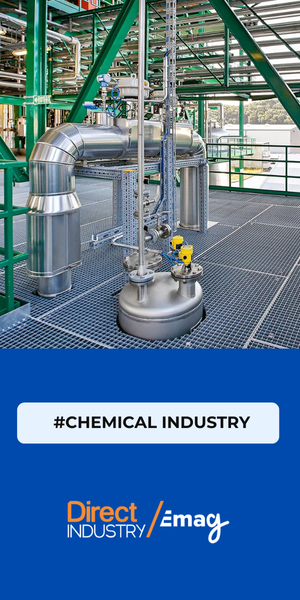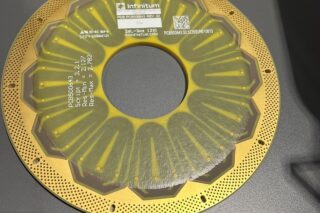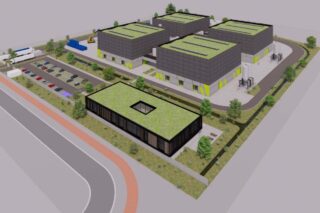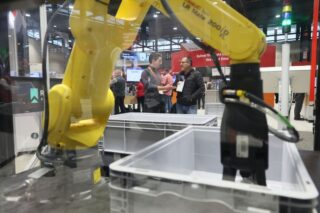Steve Ward, of Emerson, describes how the ability of industrial edge solutions to collect and analyze huge amounts of data and deliver valuable, actionable insights, has led to their increased adoption, and how these still-evolving technologies will continue to be implemented in new ways.
Industrial edge technologies can provide significant advantages across a broad range of applications by moving computing intelligence as close as possible to a device, machine, or application. This enables data pre-processing, analytics, visualization, and other computing tasks to be performed at the very edge of the data communications network. Processing large amounts of data near the source reduces internet bandwidth requirements and enables more applications to be implemented, especially in remote locations. It also eradicates process latency by eliminating the need for data to be sent from the edge to a central processing system and back again.
Edge technologies include edge controllers, edge computers, and edge gateways. Edge controllers integrate both PLC and PAC control and edge processing into a single system to unlock process optimization through high-speed, deterministic control and machine intelligence. Edge computers collect and process data at the machine level to deliver valuable insights that help to improve decision-making. Edge gateways support digital transformation and continuous improvement efforts by collecting data at the machine and then sending it to the cloud or other higher-level computing systems for processing.
Edge solutions are now being deployed in many industries and applications – for example in oil and gas, to collect data relating to wellhead operations, and in the water industry, to collect data from remote pumping stations. Edge technologies are also being used increasingly in the monitoring and control of distributed renewable power generation, including solar farms, wind turbines, and microgrids. The efficient operation of microgrids requires local intelligence and knowledge of upcoming weather and electricity prices, to help make informed decisions on whether to run the various power sources available, use power from the grid, or export power to the grid. Edge controllers can provide this intelligence by combining high-speed industrial control with internet connectivity.
A further example of the expanding adoption of edge technologies is provided by compressed air systems in manufacturing applications, where edge solutions are being employed to monitor pneumatic air pressure, cylinder efficiency, and wear. This helps to identify leaks and support predictive maintenance strategies, thereby contributing to reduced energy consumption and increased machinery availability.
Edge technologies are also now being used in the management of fleets of assets, such as gas turbines and generator sets, as they enable the equipment owner – who may not necessarily be the user – to monitor the status, performance, and condition of the assets. Generator sets are mobile units that are typically rented on a temporary basis, either individually or in groups, and edge solutions enable owners to know the location of their units.
It is not just in typical industrial applications where the functionality provided by edge solutions is providing significant benefits. For example, Emerson has provided edge solutions to support the management and tracking of agricultural equipment, and engine management and ballast control in the marine sector.
Edge technologies are still evolving and will continue to be implemented in various new ways. For example, machine learning (ML) and artificial intelligence (AI) are developing quickly and there will soon be ML/AI models implemented at the edge to optimize performance. At the same time, continued improvements in connectivity will allow previously isolated assets to be connected. There is already software available to enable the creation of edge solutions. TensorFlow, for example, is a software framework that can run locally on edge devices, and there are cloud-based solutions that cover a wide variety of applications. It just needs machine builders and process owners to understand the possibilities, and for their ideas to then be implemented by data engineers and programmers.
To learn more about edge solutions, visit www.Emerson.com/en-us/automation/control-and-safety-systems/programmable-automation-control-systems/industrial-edge-software-solutions






![Image [BUYING GUIDE] How to Choose the Right Industrial Robot?](/wp-content/uploads/sites/3/Industrial-Robot-320x213.jpg)

![Image [Buying Guide] How to Choose the Right Safety Shoes?](/wp-content/uploads/sites/3/Safety-Shoes-320x213.jpg)


![Image [Buying Guide] How to Choose the Right AMR?](/wp-content/uploads/sites/3/AMR-320x213.jpg)